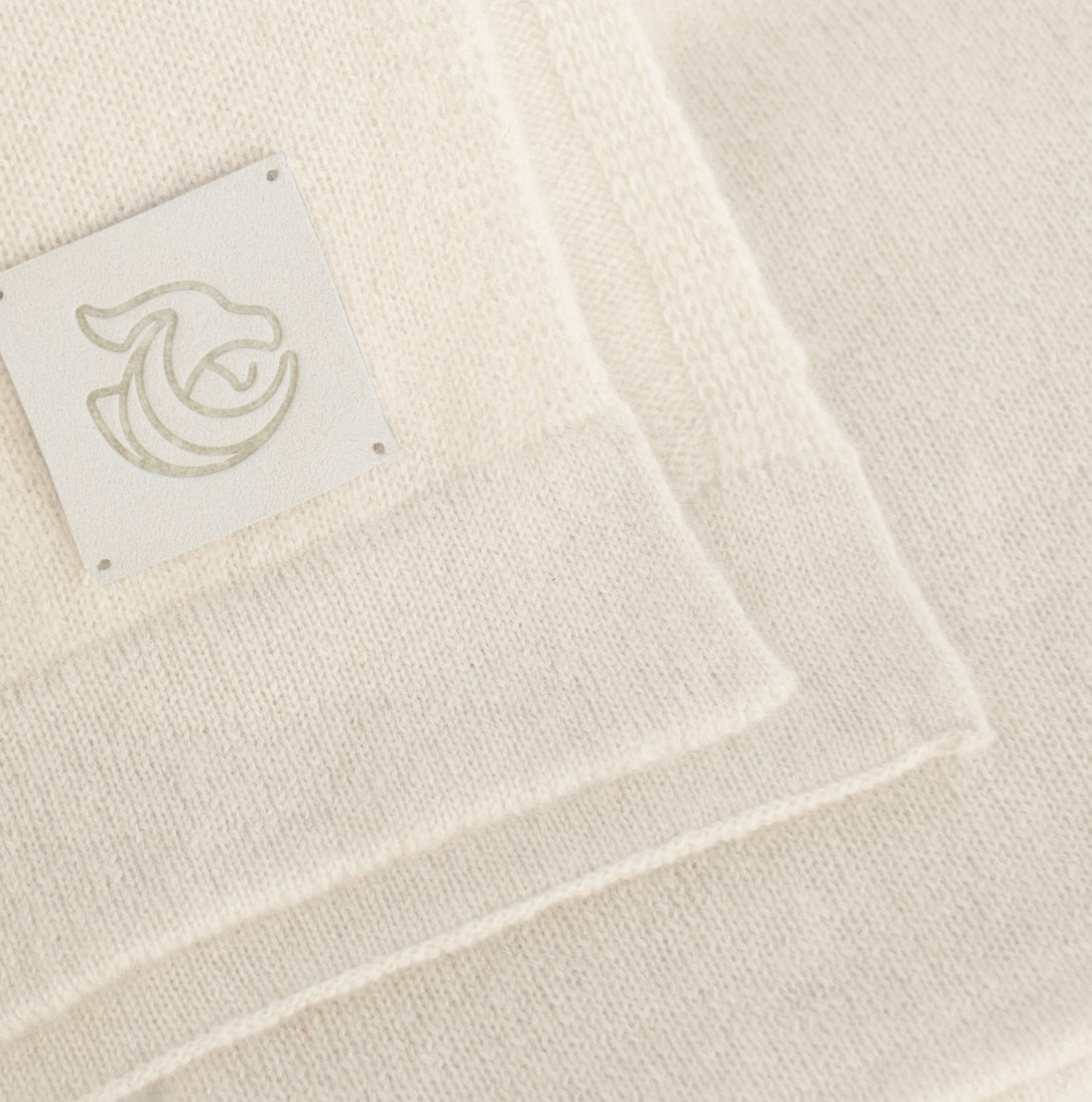The knitted manufacturing process of a cashmere shawl involves the creation of the shawl using knitting techniques.
Skilled artisans use knitting machines to create the shawl. Knitting is the process of interlocking loops of yarn with knitting needles or machines. In the case of cashmere shawls, knitting machines are commonly used for their precision and efficiency.
Knitting cashmere requires a high level of skill and expertise due to the delicate and luxurious nature of the cashmere fiber. Here are some key aspects of mastering the art of knitting cashmere:
Understanding Cashmere Fiber: A skilled cashmere knitter must have a deep understanding of the unique qualities of cashmere. This includes knowledge of its exceptional softness, warmth, and how to handle it gently to preserve these qualities.
Precision in Gauge and Tension: Achieving the right gauge (the number of stitches and rows per inch) and maintaining consistent tension is crucial. Cashmere is a fine and often expensive fiber, so mistakes can be costly. Skilled knitters have a strong sense of tension and can adapt it to suit different cashmere yarns and patterns.
Complex Stitch Patterns: Cashmere shawls often feature intricate stitch patterns, lacework, or cables that require advanced knitting skills. These patterns can be challenging to execute, and a master cashmere knitter can flawlessly create these complex designs.
Blocking and Finishing: The final appearance and drape of a cashmere shawl depend on proper blocking and finishing techniques. Master knitters understand how to block cashmere to ensure it lays flat and maintains its shape.
Repairing and Troubleshooting: Accidents happen, and dropped stitches or other errors can occur in the knitting process. A skilled knitter knows how to repair and troubleshoot these issues without compromising the integrity of the cashmere piece.
Care and Maintenance: Knowledge of how to care for cashmere is essential. This includes proper washing and storage techniques to maintain the shawl's softness and quality over time.
Creativity and Design: Some master cashmere knitters are also designers. They have the ability to create their own unique patterns and designs, which adds a creative element to their work.
Patience and Attention to Detail: Cashmere knitting often requires intricate work and a high degree of attention to detail. A master knitter must be patient and meticulous.
Respect for the Craft: A true master of cashmere knitting respects the tradition and heritage of the craft. They may use traditional techniques passed down through generations and appreciate the value of handmade, artisanal work.
Continuous Learning: Knitting is an evolving craft, and master knitters are often lifelong learners. They stay updated on new techniques, materials, and trends in knitting.
Mastering the art of knitting cashmere shawls takes time, practice, and dedication. The result is a beautifully crafted and luxurious accessory known for its fine craftsmanship and the skill of the artisan.

